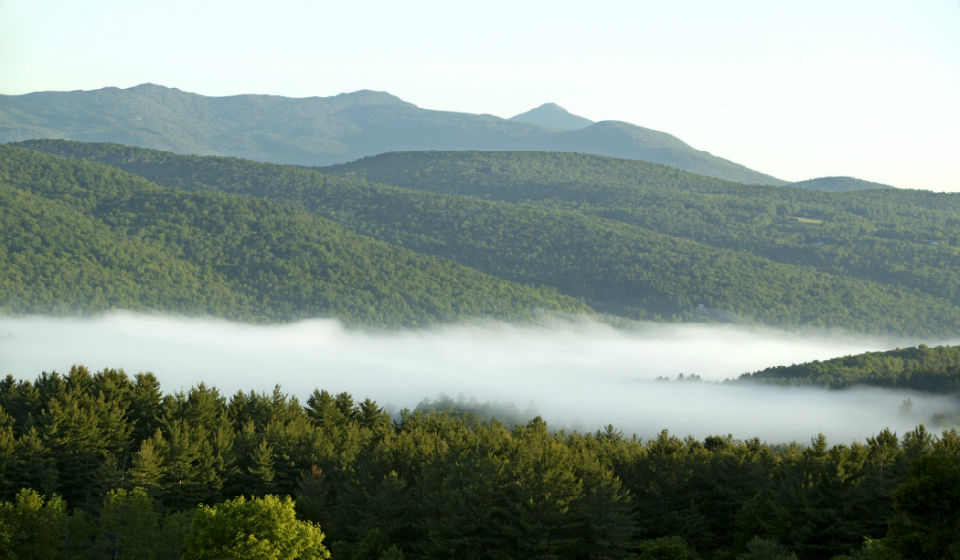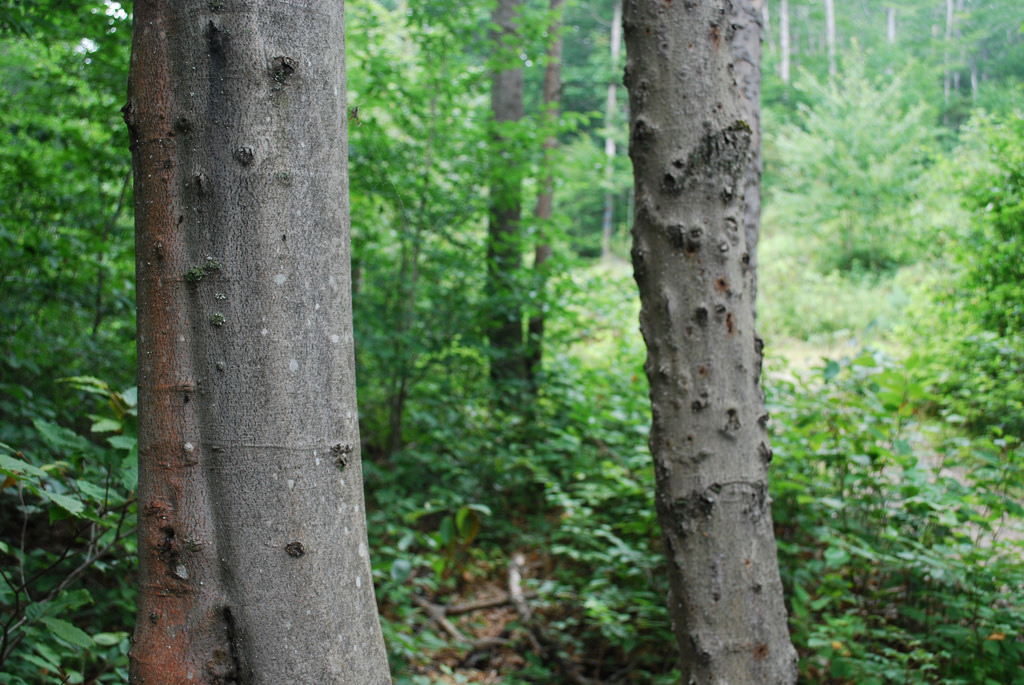Forestry Facts: Did You Know?
Author:VWA |Did you know…
- Vermont is 78% forested with 4.5 million acres of forest.
- 2.7 million acres of wooded land in Vermont is owned by 76,000 family ownerships
- The average family-owned woodland in Vermont is 35 acres
- Scientists estimate that there are between 24,000 and 43,000 species of higher plants,
algae, fungi, lichens, invertebrates, and vertebrate animals in Vermont. Nearly half are
invertebrates such as insects, crayfish, and mussels. - Vermont lies within a biological transition zone between northern boreal forests and
southern deciduous forests. - Beech, birch, and maple trees make up 71% of Vermont’s forest cover. The sugar maple
in particular makes up 20% of Vermont forests’ growing stock. - Private landowners own more than 80% of forestland in Vermont; business or industry
owns 1%; and Local, State, and Federal government owns 19%. - Private landowners in Vermont own forestland for a variety of reasons. Based on a 2014
Vermont Department of Parks and Forests Vermont Woodland Owner Survey (pages 7-
8), the reasons given in order of priority are beauty, wildlife habitat, nature protection,
privacy, water, part of home, legacy, recreation, firewood, timber products, land
investment, family, hunting and fishing, and others. - Two-thirds of the owners of family-owned woodlands have cut trees for their own use,
and one-third have cut trees for sale on their property in the past five years - 41% of owners of family-owned woodlands have a management plan and one-third have
received advice about their wooded land in the past five years - The number of non-industrial private landowners in Vermont has increased from an
estimated 61,900 in 1983 to approximately 80,000 in 1997, correlated with a decrease in
the average size of a parcel of land. - In Vermont, the net growth of trees has exceeded removal since the first inventory in
1948. About twice as much wood has been grown than was cut or otherwise removed. - The economic contribution of Vermont’s forest-based businesses is $1.4 billion dollars
and directly employs 9,100 people. - Vermont forests are often the backdrop of Vermont’s active recreation and tourism
industry. Forest-based recreational activities generate $1.9 billion in sales each year in the
state. - 38% of Vermont homes heat in full or in part with wood.
- 21% of Vermont’s thermal energy is generated by wood.
- Vermont Woodlands Association has 1,257 members, such as you, who manage
approximately 227,016 acres of Vermont forestland.



